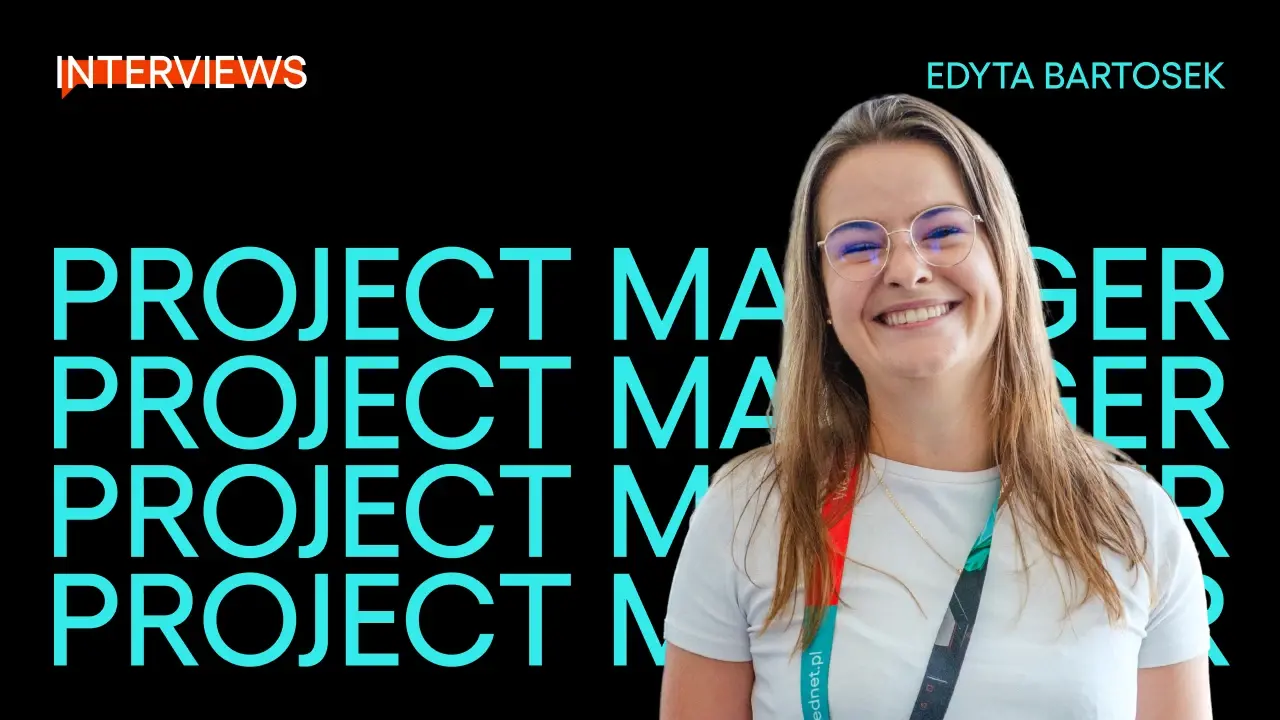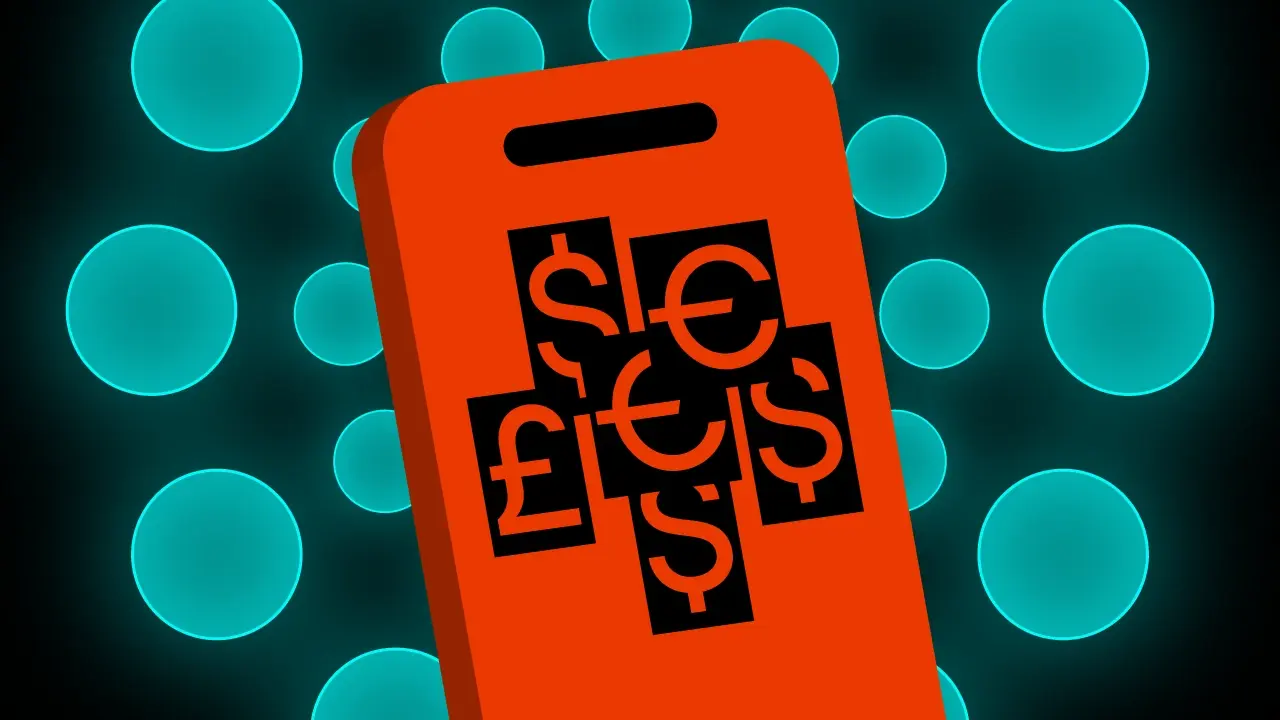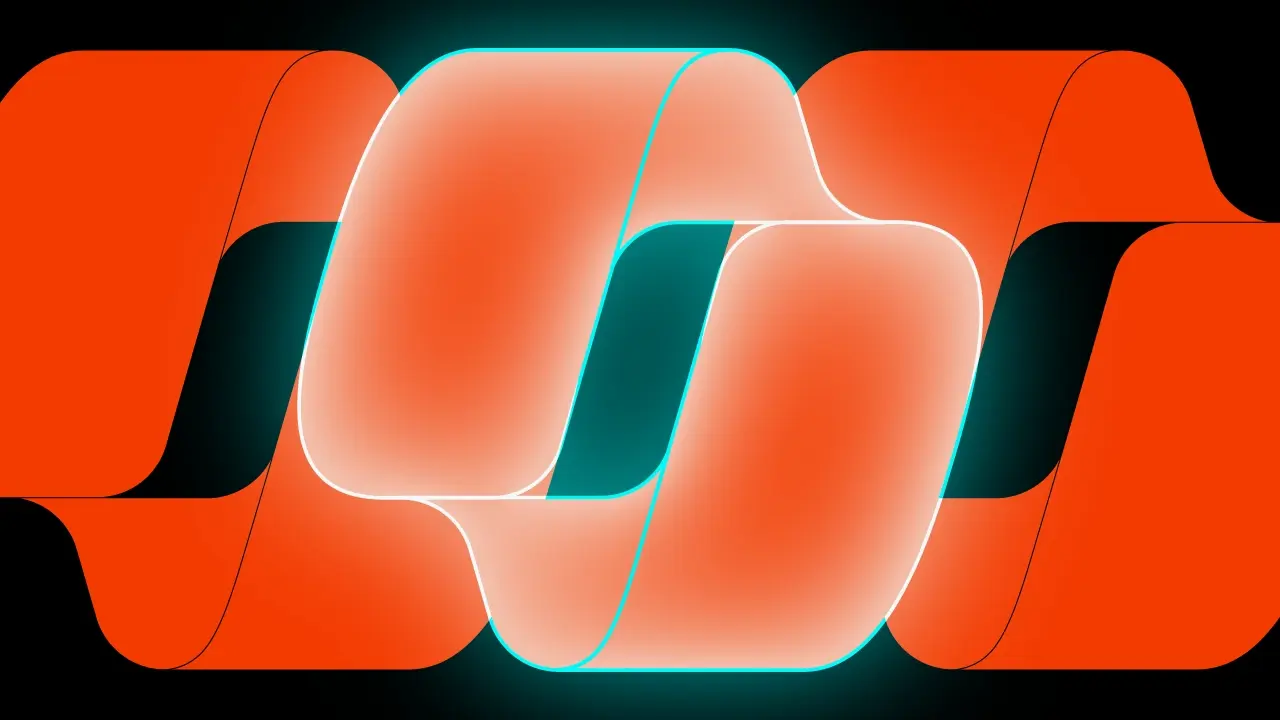#TeamSpeednet: Edyta, Project Manager


Discover the story of Edyta, the Project Manager, as she discusses the challenges of managing projects in different industries and effective ways to communicate with the team.
How long have you been working at Speednet, and what is your role?
Edyta: I was sure this question would come up, and to be honest, I couldn’t remember exactly. I had to check LinkedIn, where it says that I’ve been working at Speednet as a Project Manager for 2 years and 8 months. I don’t even know when the time passed. I’ve settled in so well here that it feels like I’ve been here forever, and I don’t even keep track of the months anymore.
How does your previous experience differ from your work at Speednet?
Edyta: My career started at a product-based company, one that develops its own product and is highly focused on the specific business problems the software is meant to solve. From the beginning, I worked closely with development, analytical, and business teams on creating applications. The key difference I see is that in my previous role, I was part of a company that specialized in developing ERP systems. At Speednet, I’m a project-based employee, which means I work on multiple products across different industries, making the work much more varied. What I value the most is the access to a broad range of resources and technologies. I feel like I’m staying up to date with market trends, which motivates me to use increasingly innovative solutions. All of this is only possible by working with experts from various fields.
What were your first projects at Speednet, and what made them stand out?
Edyta: My first project at Speednet was KAPP (Comprehensive Cognitive Process Analysis), an application designed for researching children with special educational needs. This project was conducted in collaboration with SWPS University and the Institute for Educational Research. It was a government project that gave me the opportunity to work with the Ministry of Education and the Ministry of Digital Affairs. The project was successfully completed, and it is now being used by research institutions. It was my first major success and remains a source of pride for me.
Subsequent projects I led included a content management platform for a U.S. client and a project closely related to my previous experience, “Piekarnia”—an ERP system for producing artisanal bread.
What set these projects apart? The organizational structure of the companies, the competencies they possess, the methods of storing and managing knowledge, and ultimately, the value we had to deliver.
Working on projects with international clients, where time zone differences come into play, required additional effort and commitment. One of my clients is publicly traded, which meant that much of the content displayed by our mechanisms on their site had to be published at specific times, directly impacting the stock market. In situations where something wasn’t working, our team had to act quickly and efficiently, often outside of standard working hours. These challenges were difficult, but they taught me teamwork and crisis management. Each project taught me something new, so it’s hard to compare them directly.
I’ve heard that you’ve been leading a banking project for some time now. Has this been a significant change for you? Are these projects more specific or demanding compared to others?
Edyta: The previous projects I was involved in typically included a maximum of 20-30 people I had contact with. There was the development team, the client’s team, and decision-makers at the CEO level. It was almost always the same scale. However, the banking project has introduced me to a multi-layered corporate structure, which is a completely new experience for me. I have to understand who is responsible for what, what the priorities of different stakeholders are, and what information I need to communicate to ensure effective collaboration. I’m learning who to talk to and how to improve the decision-making process continuously.
The scale of the project is impressive and very enriching. I’m on a steep learning curve, and I feel that every week and month adds to my knowledge and experience. This time feels like a booster that’s helping me become an even better Project Manager. New competencies and experiences don’t intimidate me—quite the opposite, I’m excited about the new challenges.
What is most important to you when choosing a project to work on?
Edyta: When selecting a project, I place more emphasis on the team I’ll be working with than on the business domain itself. The more people from Speednet involved, the better. Ideally, a project should have full support from designers, analysts, testers, and a product owner. I’m becoming less interested in smaller projects where I need to constantly check if everything is on the right track. I prefer projects that come with significant responsibility and involve a larger number of specialists. At Speednet, we have such competent people on board that I feel we can successfully tackle any project together.
What training or certifications do you consider most valuable for a Project Manager?
Edyta: At Speednet, we had the opportunity to participate in scientific research that measured our psychometric indicators using the FRIS test. This test defined our action and thinking styles, which really opened my eyes to my natural predispositions. This self-awareness as a manager allows me to make better decisions about the projects where I can excel. As managers, we are constantly developing our teams, so such training makes it easier to both develop and harness the potential of our colleagues.
For example, I am a typical visionary, looking at issues globally. I find it easy to propose unconventional solutions, making me an ideal participant in any kind of brainstorming session.
When dealing with a client who, for instance, has clearly defined goals and can be categorized as a “Player” in this methodology, I know how to communicate with them and what kind of team would best suit their needs. Understanding myself as a manager simplifies my daily work, enhances collaboration with my team, and helps me quickly find common ground with clients.
What are the pros and cons of remote work, and how do you manage to maintain a balance between work and personal life?
Edyta: Transitioning from office work to remote work was a process of self-discovery for me, figuring out what suits me and what makes me comfortable. There were ups and downs, but after more than four years of working remotely, I feel like I’ve achieved a balance and found my rhythm in this space.
In my previous company, I worked in a hybrid model, going to the office twice a week. When I started at Speednet, I rented an office close to home. Since I live in Olsztyn, commuting daily to Gdańsk wasn’t feasible.
Over time, I realized that I didn’t need that change of environment. I have a dedicated room in my apartment where I’ve set up an office, and I enjoy working here. Closing the door feels like stepping into work, which helps me separate my personal and professional life. Working from home also gives me more time for myself. I think returning to an office would be difficult for me and would certainly require readjustment.
What tools and techniques do you use to ensure work efficiency and communication with a hybrid team?
Edyta: I primarily rely on visual workspaces like Miro and Figma to foster effective collaboration within the team. I continuously improve my skills in creating templates that suit different types of meetings. These tools allow all team members to make real-time changes, which energizes meetings and enhances communication, especially since 90% of the meetings I participate in are online.
I take notes within these tools and share them with stakeholders and developers, who can refer to them as needed. I try to avoid traditional documents and spreadsheets, instead opting for more colorful and inspiring ways to convey information. Visualizations that illustrate workflows and processes make projects more accessible and engaging. These tools are essential in my daily communication and project management.
I’ve heard informally that you carry the unofficial title of “Queen of Presales” – recently, you’ve been involved in many processes, discussions, and preparing offers for clients from various industries. Could you share what the biggest challenges in the presales process are? Do any best practices come to mind?
Edyta: If I had to explain presales to someone, I’d summarize it with the phrase, “How to execute a project in two weeks,” so it’s quite intense and requires quick execution.
It starts with analyzing the client’s requirements, the documents they’ve provided, and their business environment. Around the same time, we gather a team of specialists dedicated to defining the client’s needs as accurately as possible. Then, we engage in a fairly iterative project process. Meetings with stakeholders are interspersed with our internal work, where we craft a proposal for the client. During this stage, we make numerous tactical decisions—determining the collaboration model, scope of work, timeline, effort estimation, billing methods, and resource allocation.
The final proposal for the client could be a product in the form of a mobile or web application. It might also be an in-depth analytical exchange ending with documentation that facilitates further development or a clearly defined Time & Materials (T&M) collaboration model.
As for best practices, understanding the standards and needs of the clients is key. Over the past six months, I’ve participated in dozens of presales processes, so we’ve developed a substantial base of templates that we now use regularly. Certain patterns often repeat, especially in the area of product delivery, which we strive to meet.
It’s important to remember that every project can be described in different ways, so tailoring the offer to the specific client is crucial. We explored various presentation methods but eventually realized that a dedicated tool is the only way forward. For nearly a year now, we’ve been successfully using the Apropo application.
Whether the client prioritizes speed, design, or the latest technologies, with each presale, the process became easier because we knew what to focus on.
Which after-hours initiative has been your favorite so far, and why?
Edyta: Since I’m a remote employee, I usually visit the office during events with the, I think, iconic name “Beautiful Friday.” I often stay in the Tricity area for the entire weekend, treating these trips as mini city breaks. It’s also worth mentioning that, as a true Olsztyn native, I always make sure to stop by IKEA!
But honestly… I really enjoy coming to the office. There’s an unmistakable atmosphere here that I truly resonate with.




